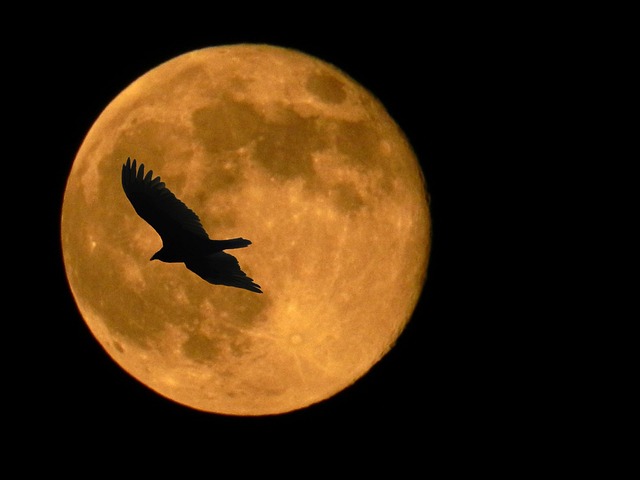The biggest full moon of the year, dubbed a “pink supermoon,” will occur tomorrow, Tuesday, April 7, when the moon will be as close to Earth as it will get for the reminder of the year.
Tim Swindle, who heads the University of Arizona Lunar and Planetary Laboratory, says the moon will be at its perigee – the closest point in its orbit around Earth – at 2 p.m. EDT (11 a.m. Arizona time) on Tuesday, but it won’t be visible at that time since it will be daylight.
“At 10:35 p.m. EDT – 7:35 p.m. here – the moon will be exactly full as it will be opposite from the sun in its orbit,” Swindle said. “And since it’s a full moon, it will rise right around sunset, 6:38 p.m., with sunset occurring at 6:47 p.m., to be exact.”
While it’s called a pink supermoon, the moon won’t actually appear pink. According to the Farmers’ Almanac, the full moon in April was so named because it often rose when meadows were painted with swatches of moss phlox, a pink wildflower native to eastern North America, during its early springtime bloom.
Because the moon’s orbit around Earth is not a perfect circle but slightly elongated, its distance from Earth is not always the same. On average, about 238,855 miles lie between Earth and the moon, or roughly 30 Earth diameters. During a supermoon, the moon can be almost 30,000 miles closer – about three Earth diameters.
In a typical year, there can be three or four supermoons in a row, either full moons or new moons, according to NASA. What catches the public’s eye are, of course, the full supermoons, as new moons are visibly absent.




